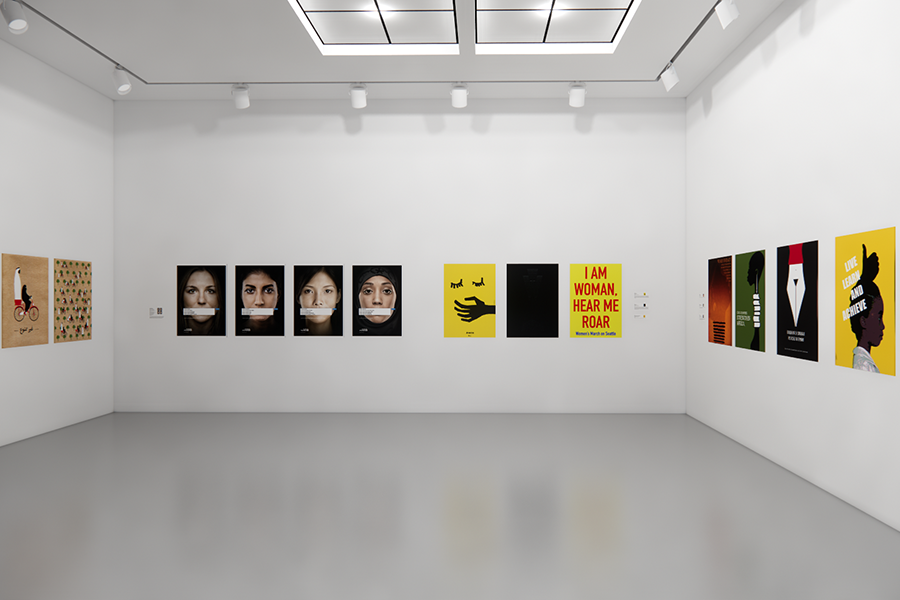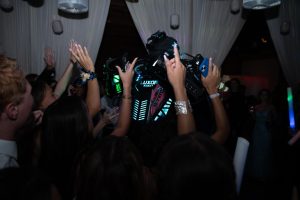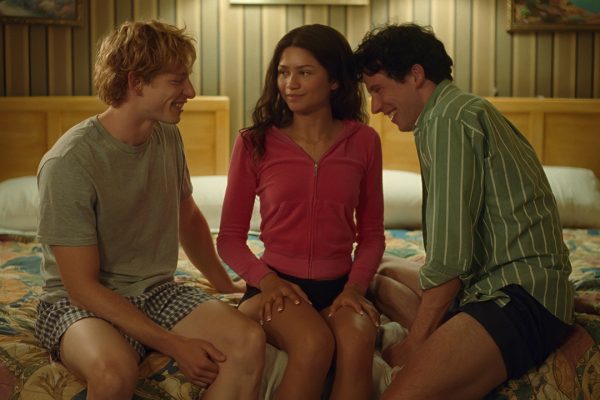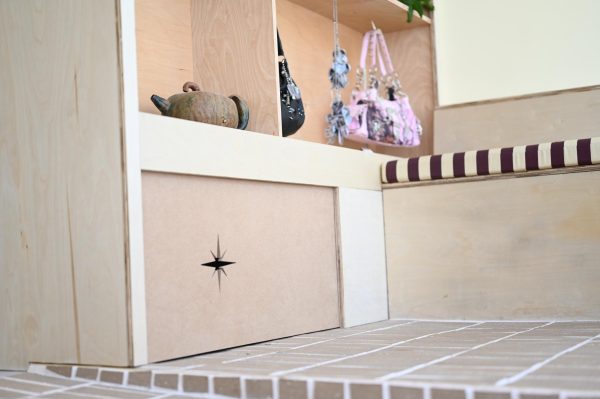Virtual art gallery provokes conversation about gender-based violence
Kellogg University Art Gallery
“Live, Learn and Achieve.” A dynamic series of posters by international artists is showcased in a virtual gallery by the Kellogg University Art Gallery. The exhibition, inspired by Hillary Clinton’s proclamation, “Women’s Rights are Human Rights,” remind viewers of the realities of gender-based violence and discrimination.
May 27, 2022
“It is no longer acceptable to discuss Women’s rights as being separated from human rights.” In a commanding 1995 speech, then-First Lady Hillary Clinton demanded an end to gender-based violence, discrimination and harassment. This speech serves as the basis and inspiration for the Kellogg University Art Gallery virtual exhibit: “Women’s Rights are Human Rights: International Posters on Gender-based Inequality, Violence and Discrimination.”
Although viewed virtually, this compilation of posters is beautifully curated and reminds viewers to continue fighting for justice, especially in the wake of the leaked draft opinion from the Supreme Court Draft that could overturn Roe v. Wade.
The dozens of vibrant posters featured in this exhibit demonstrate a collective effort from artists of all genders to promote female empowerment and equality. The physical installation of this exhibit was located in the Kellogg University Art Gallery and features a virtual tour of a similar looking gallery through which viewers can walk without the need for tickets.
The virtual, reality-esque software allows the viewer to see all installations up close. Provocative activism and demands for change populate the walls. Although not as colorful as the posters adjacent to it, “Woman is not an object” (2012), by designer Dalida Karić-Hadžiahmetović, pictures a sheet-covered woman. The viewer will notice how she oddly resembles the chair beside her, also covered by a sheet. The blunt, jarring contrast between the woman and the chair causes the viewer to pause and consider the objectifying realities Karić-Hadžiahmetović portrays.
“Leave My Body Alone” (2006) by Anita Kunz is another eye-catching piece. Located on the wall of the main room in the virtual gallery, it has nods to surrealist artwork like those of René Magritte and Salvador Dalí. The color palette and texture make the poster feel chilling but also humanizes the headless woman. The screaming mouth coming from the torso of the naked woman’s body saying “Leave My Body alone!” again makes the artwork feel uncomfortable, an intentional choice to leave the viewer with emotion.
While some posters provided compelling visuals, others simply demanded change in policy. A boxing Ruth Bader Ginsburg made an appearance in a comic-style poster in all capitals saying “Fight Like RBG!”
Some posters portrayed long messages of text, which were less compelling, and often the viewer would move on to a more captivating one before finishing.
Though many of the posters are not from the past year, the relevance of this exhibit is clear. Today, global activists demand change from politicians and their own neighbors to prevent female genital mutilation and to keep abortion legal. Currently, the United States and the rest of the world are waiting to see how the Supreme Court proceeds and whether that leaked draft opinion will result in overturning Roe v. Wade. The poster designers featured in the Kellogg University Art Gallery prompt viewers to remember how far the world has come and how far we have to go in the fight for justice.






















